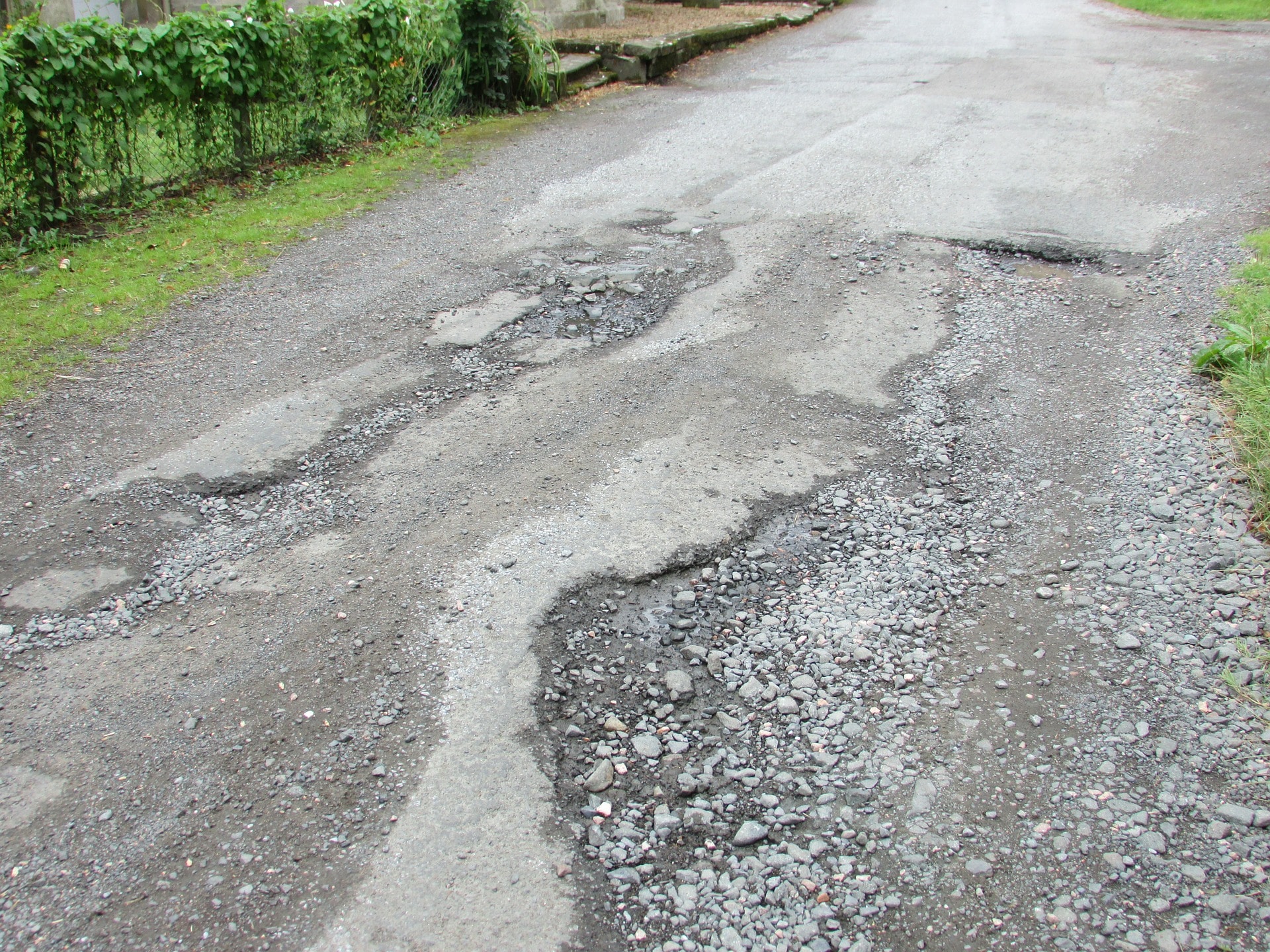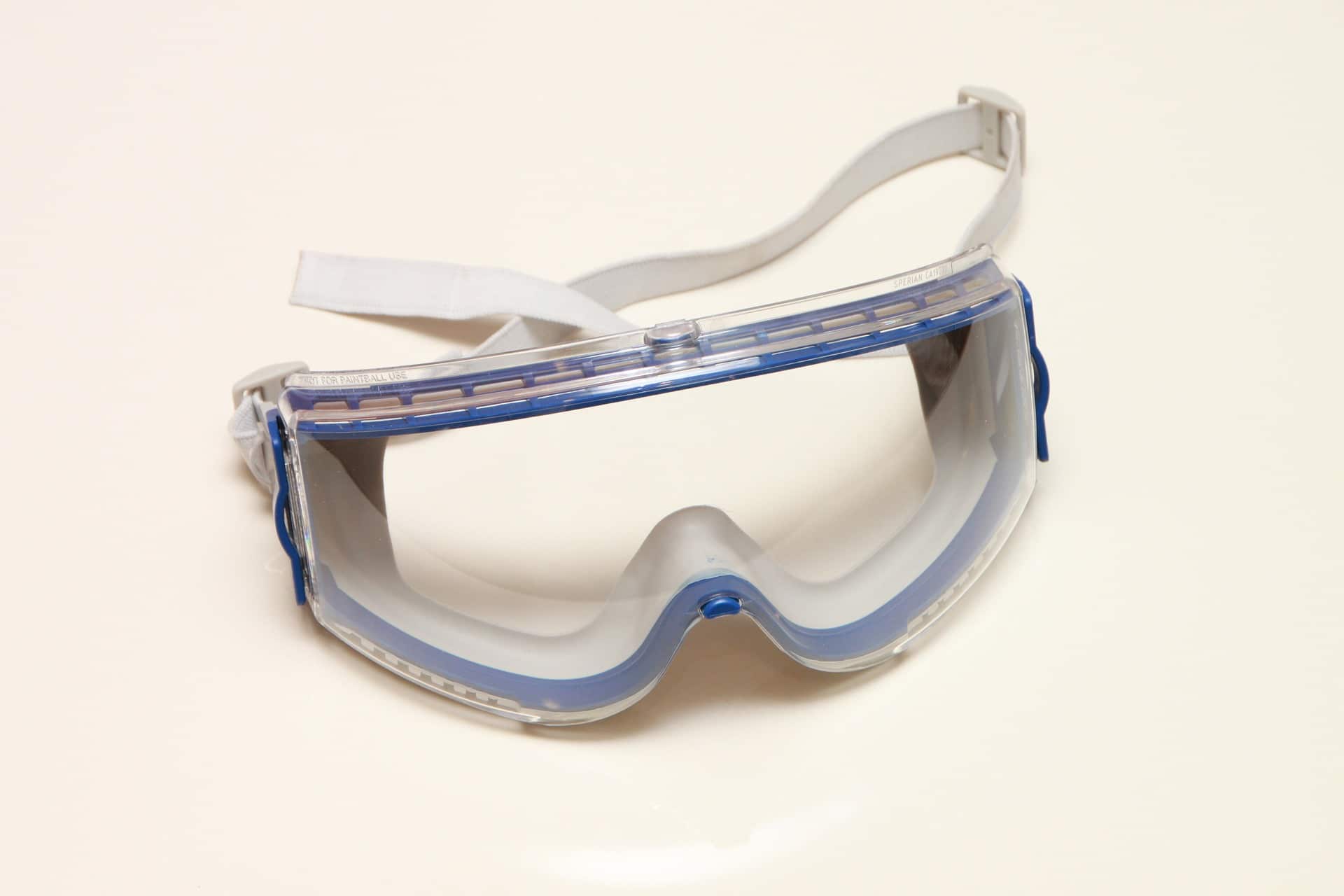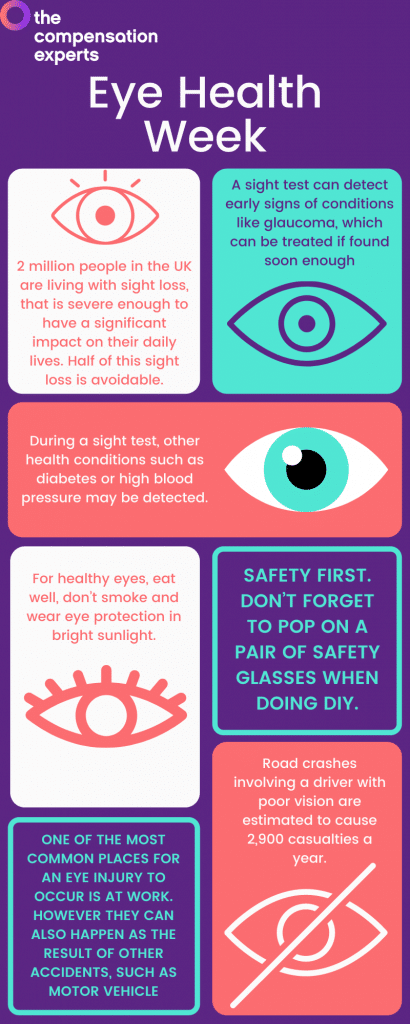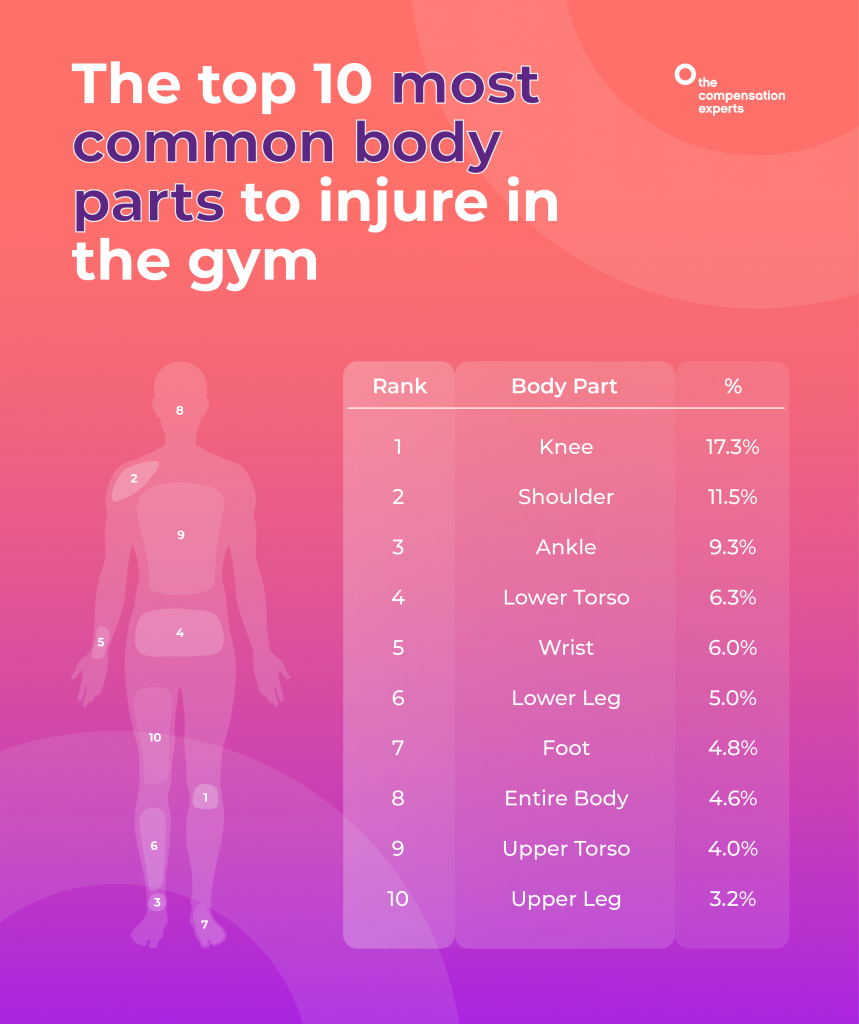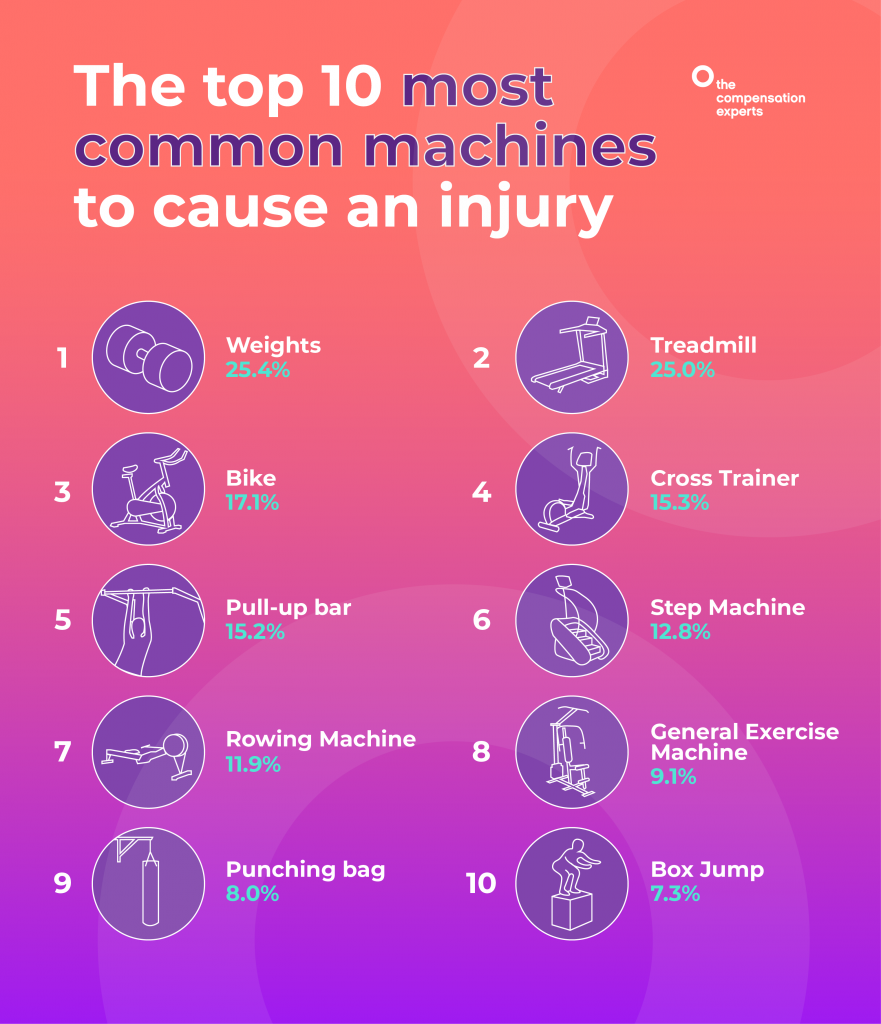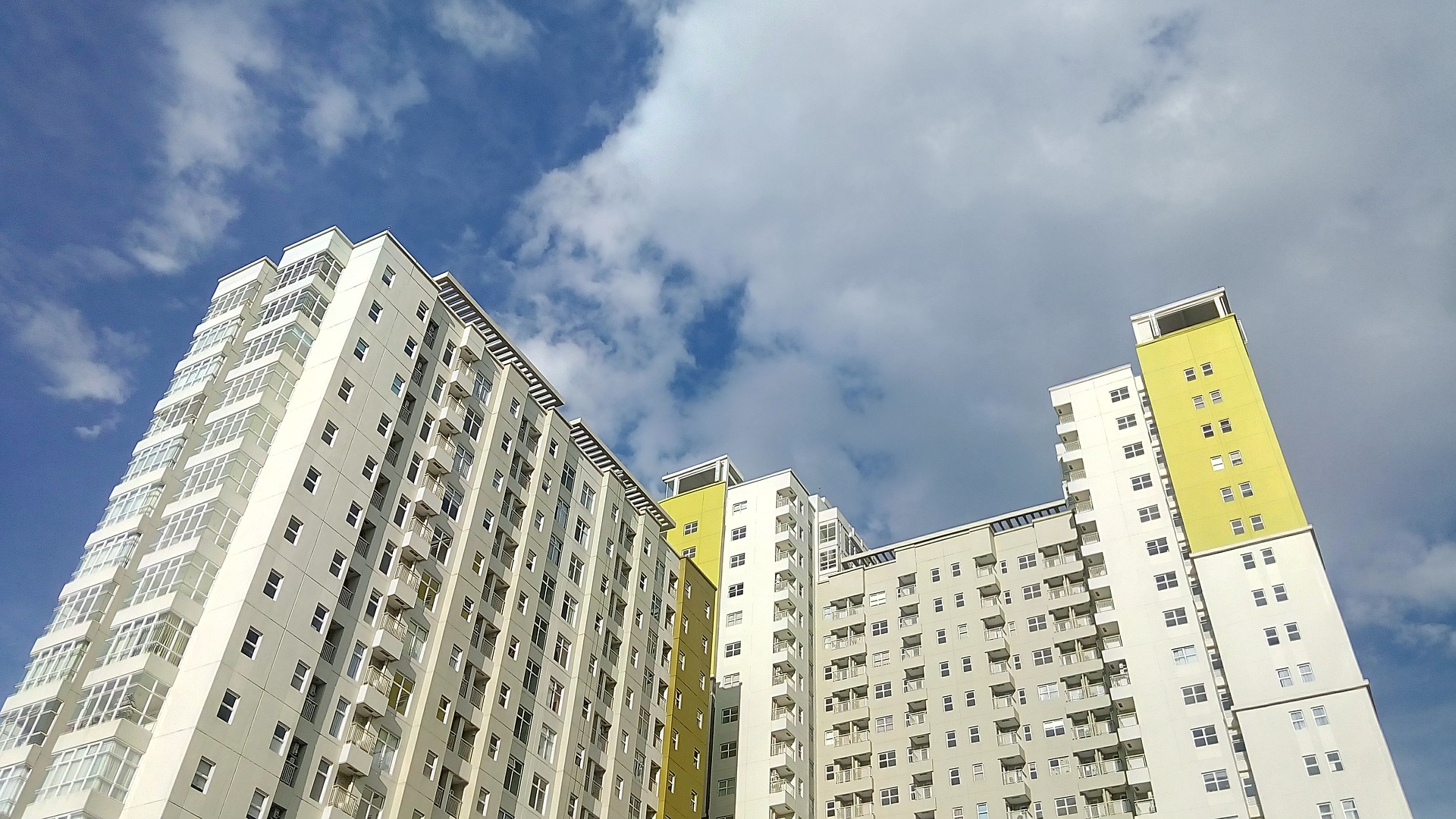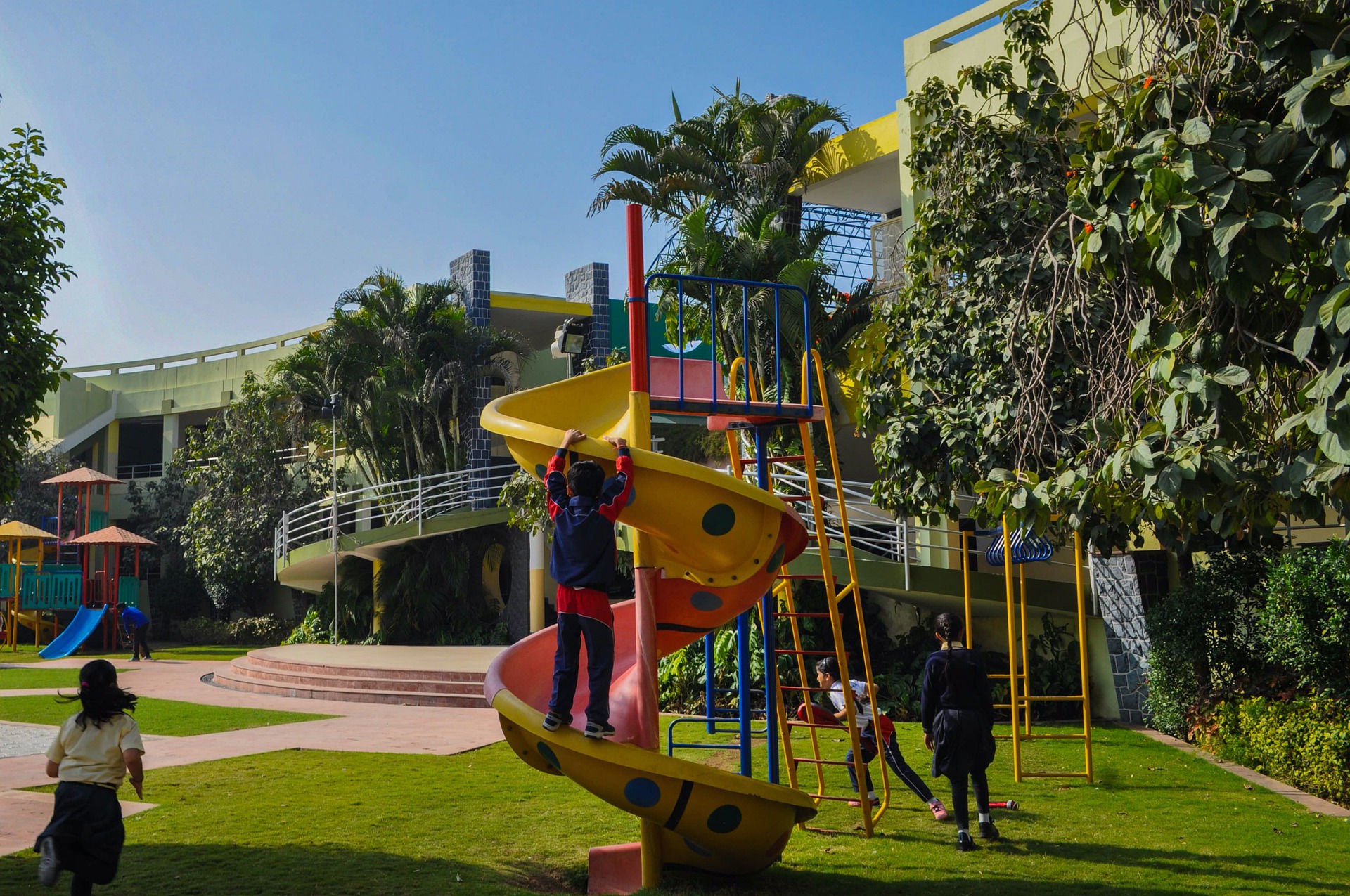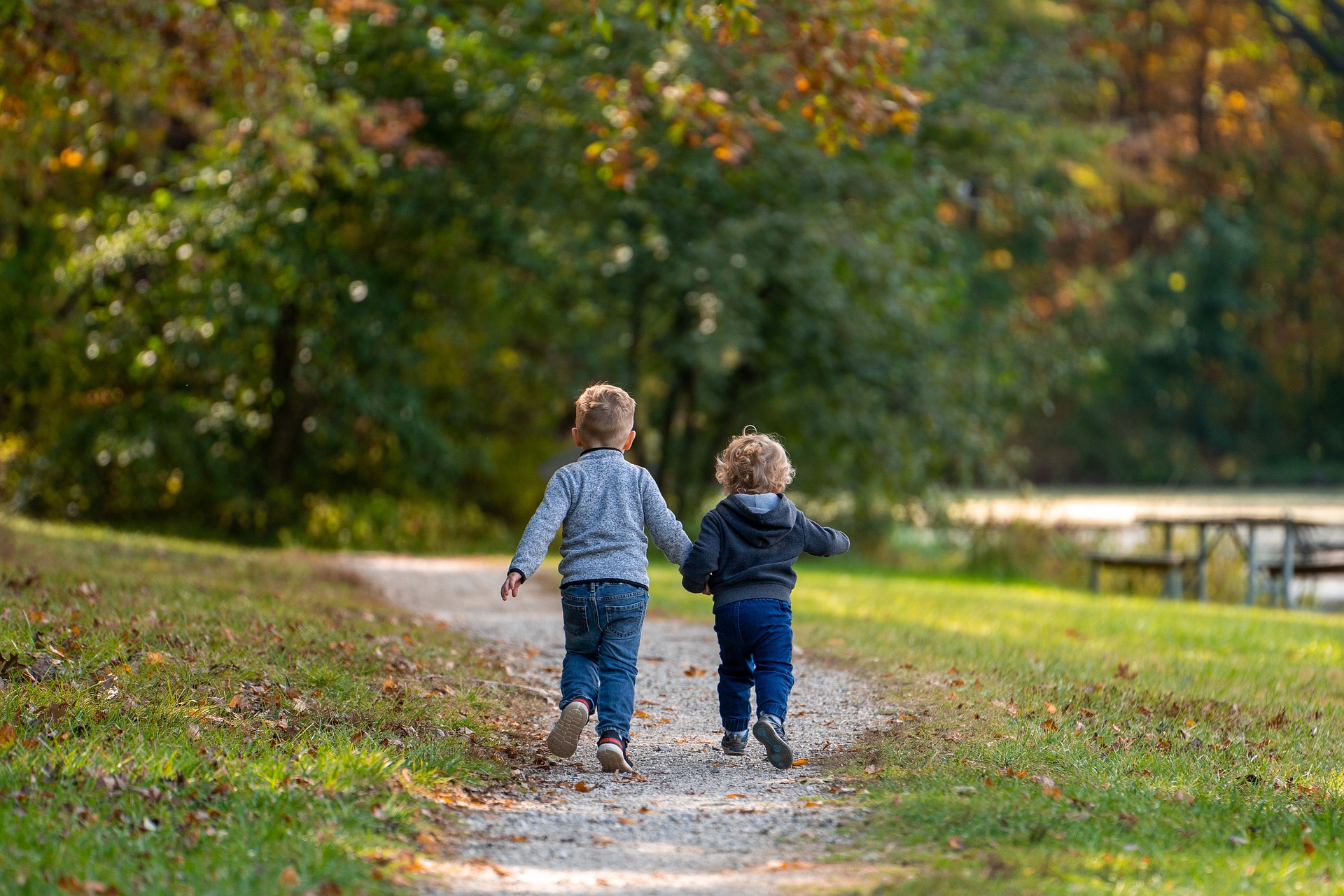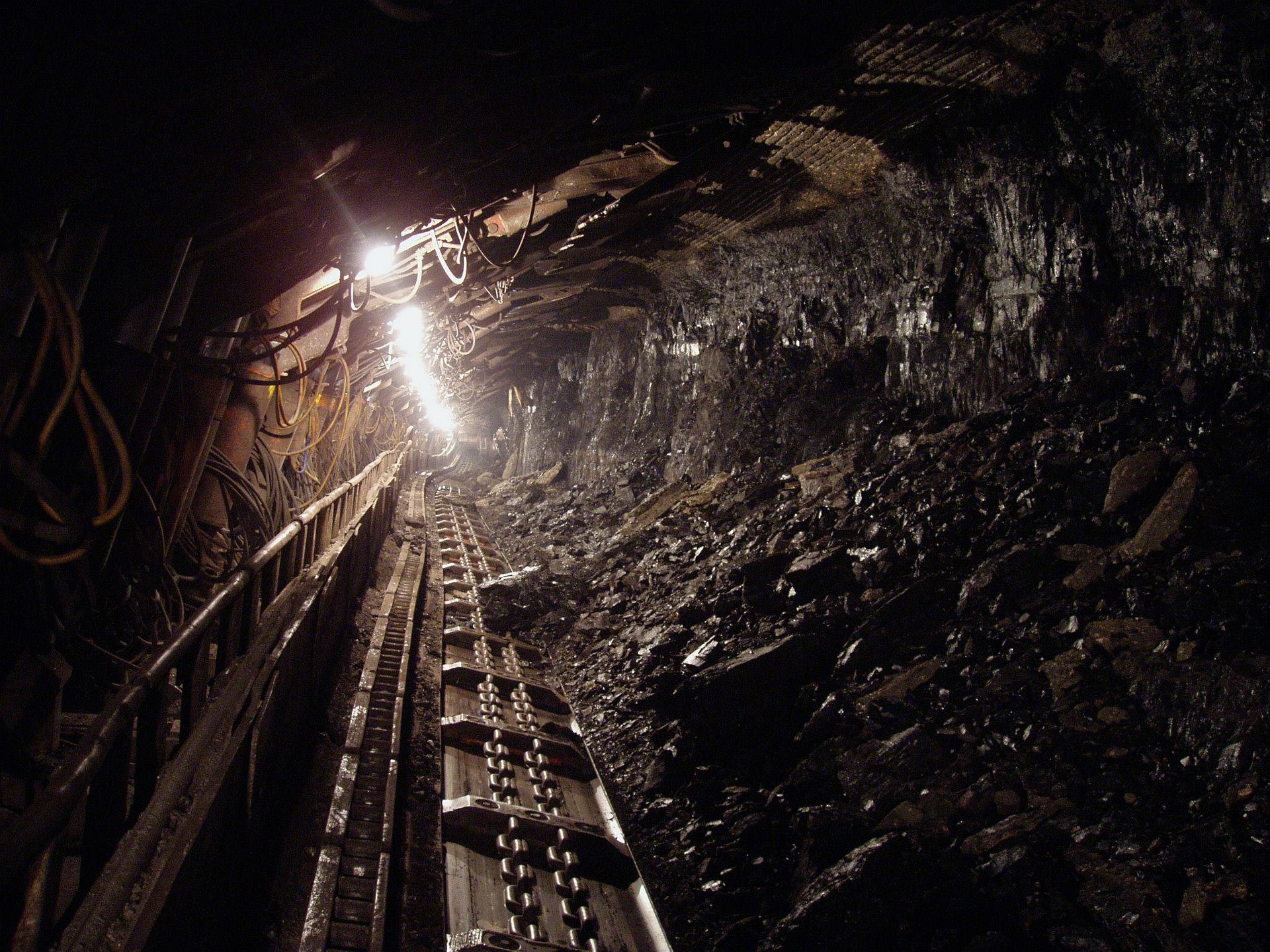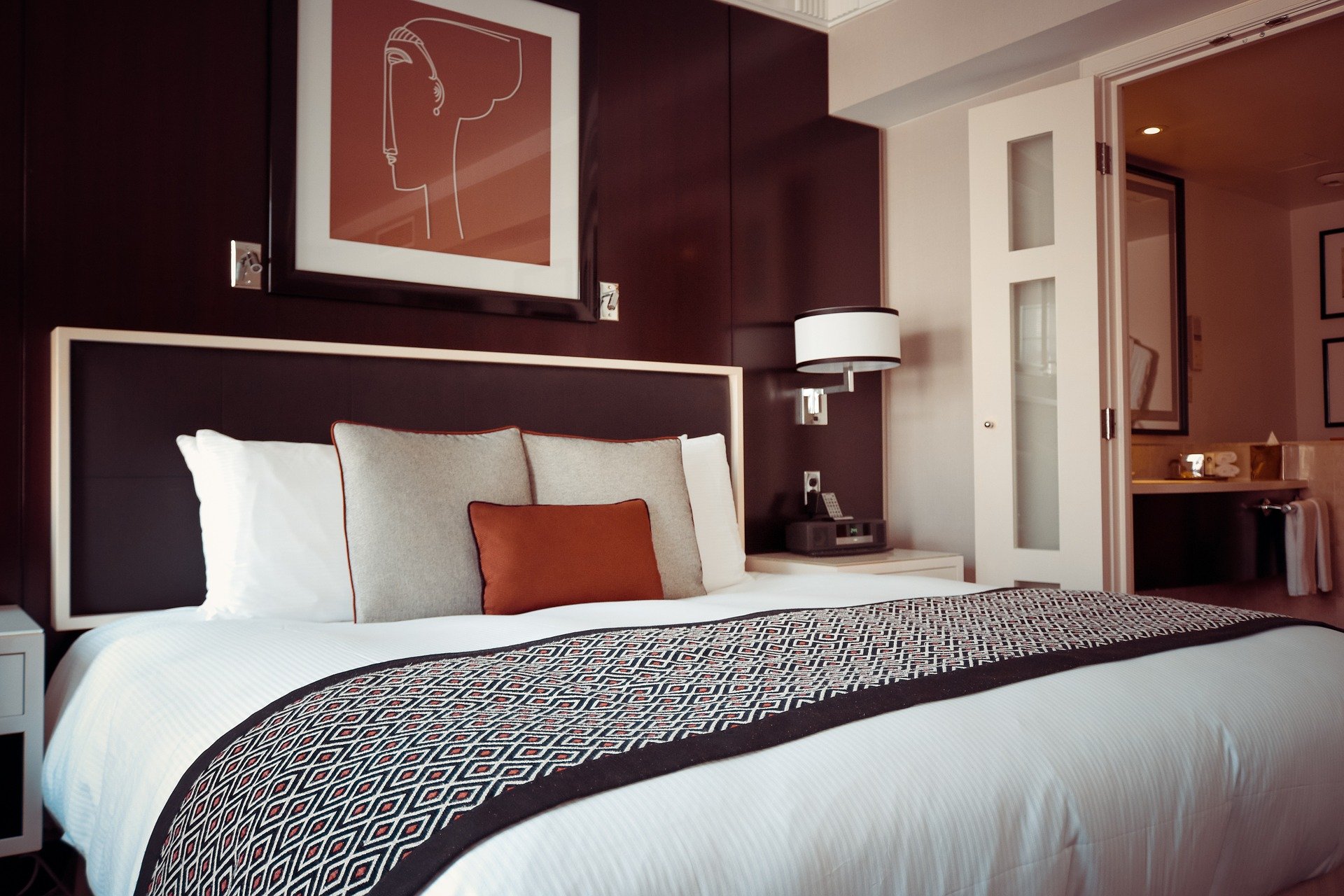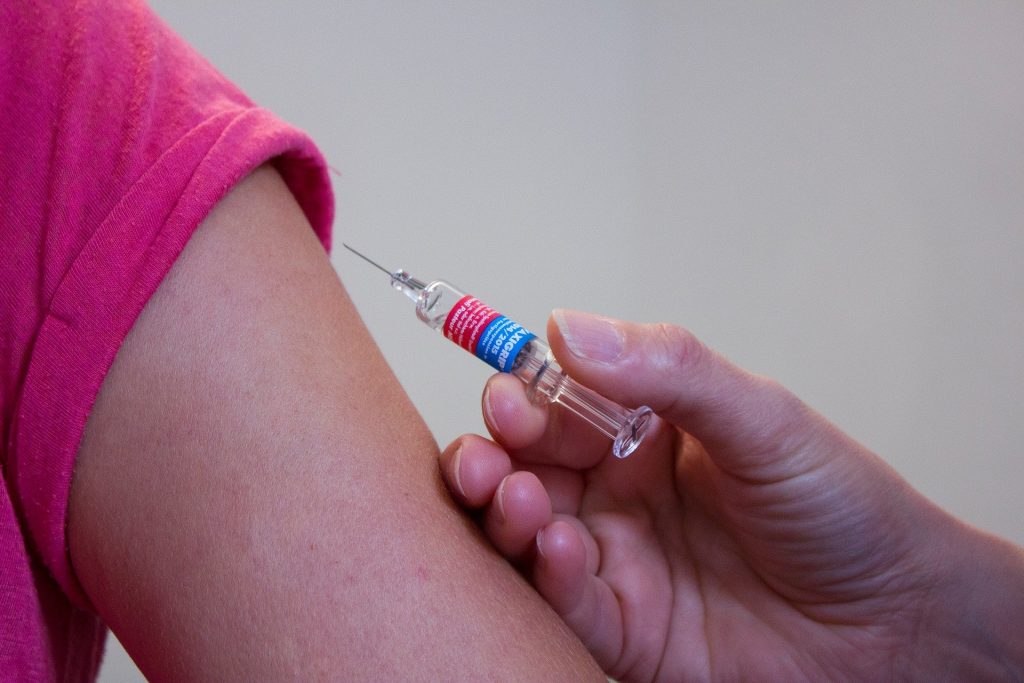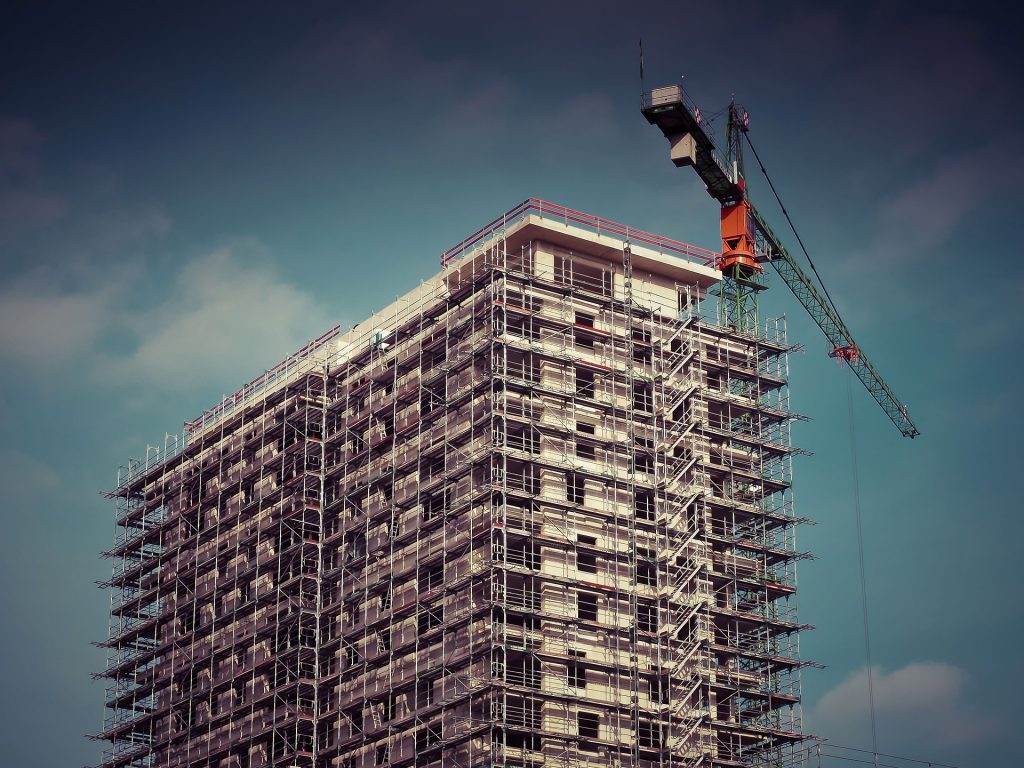It goes without saying that there are a lot of bones in the human body that could potentially be broken: 206, to be exact.
Some of us are lucky enough to go through life without ever suffering an injury to any of the most commonly broken bones. But for many of us, chances are we’ll experience a break to a commonly broken bone at some point in our lives.
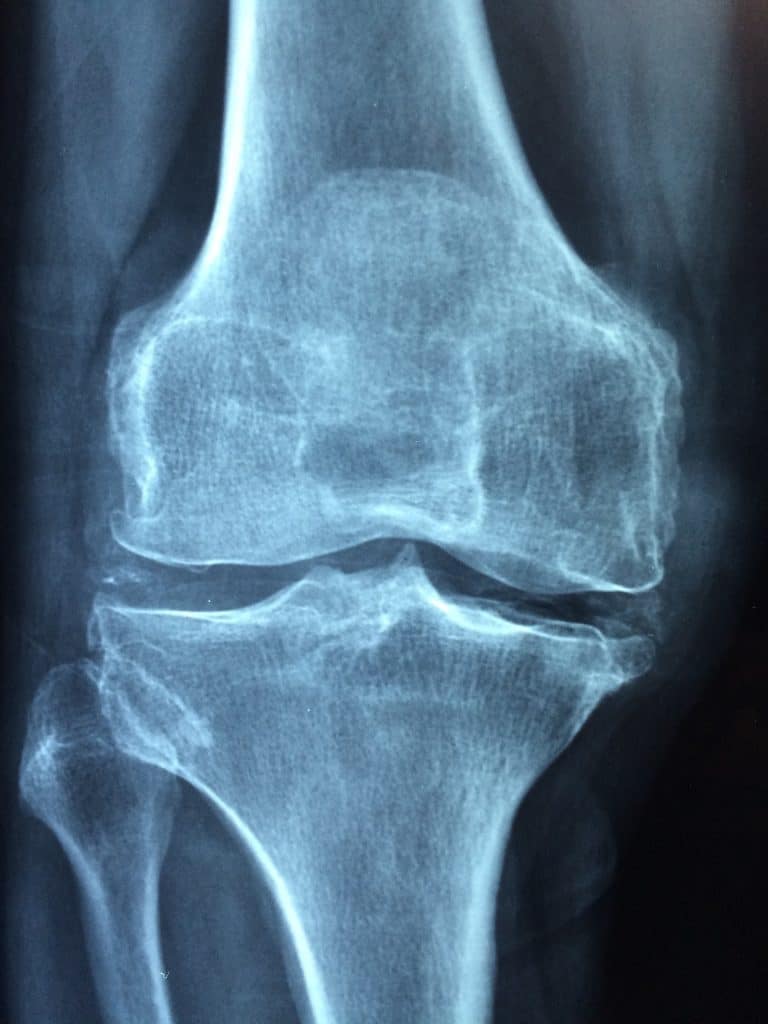
What is the easiest bone to break?
While any bone in our body can be broken, there are some bones that are easier to break than others. That being said, there is no single easiest bone to break. Instead, there is a group of the most commonly broken bones that you could suffer in the event of a personal injury.
When it comes to the most common broken bone, the following five are the ones that occur most often due to accidents:
- Clavicle
- Arm
- Wrist
- Hip
- Ankle
That’s not to say that other bones may not be broken in the event of an injury, just that there is an increased likelihood that it could be one of these five.
Why are these the easiest bone to break in the body?
The primary cause for the breaking of bones is extreme or sudden pressure on the affected area, typically involving the twisting of the bone in some way. As the five bones we’ve previously mentioned are all located in areas that experience pressure regularly, it’s unsurprising they’re more likely to break than other bones.
Collarbone / clavicle
The clavicle, more commonly known as the collarbone, is statistically the most common broken bone in the body. It’s also the most common fracture suffered by children.
Any accidents, from a road traffic accident to accidents in the workplace, can result in the break of this most common broken bone, but an injury to the clavicle can happen beginning from birth; with fractures making up several birth injuries.
What makes the clavicle the most common broken bone in the body when it comes to accidents is the fact that most people will put their arms out in front of them when falling. This applies maximum pressure to the clavicle, which can cause it to break.
Arms
Arm fractures are also another common fracture and break type, particularly the Humerus and Ulna bone. They are the second most commonly broken bone in children and make up almost half of the fractures in adults. A break to the arm occurs in much the same way as a break to the clavicle, as do breaks to the wrist.
Wrists
As for wrists, they are the most commonly broken bone in people under the age of 75, since they’re most often caused by physical activity like sports injuries. If older people do sustain a wrist fracture, it’s usually because they suffer from osteoporosis, a condition that causes bones to become thin and brittle.
Hips
When it comes to leg injuries, broken hips are the most commonly broken bone in people over 65; accounting for 90% of all hip fractures. Hip fractures often require surgery to “pin” the edges of the fracture back together, but a severe fracture sometimes requires a total hip replacement. Landing hard on your hip from a fall is typically the most common reason for hip breaks.
Ankles
Lastly, ankles are also prone to breakage with surprising regularity. However, with an ankle injury, it can sometimes be difficult to know if a break has occurred, as even a sprained ankle can be very painful and prevent the sufferer from walking.
As well as the more obvious breaks, ankles can sustain stress fractures, which are when the bone cracks as a result of repeated pressure on it but doesn’t break entirely.
What are the most painful bones to break?
While the previous breaks we’ve mentioned might sit as the easiest bones to break, not all of them fall under the range of most painful bones to break. Some bones are so important that when we break them our body tells us immediately, but for others, it’s simply difficult not to apply pressure to them whilst they’re healing.
When it comes to the most painful bones to break, the following three are considered particular painful injuries to suffer in an accident:
- Femur
- Tailbone
- Ribs
The Femur is often put at the top of the most painful bones to break. Your Femur is the longest and strongest bone in your body, running from your hip to your knee. Given its importance, it’s not surprising that breaking this bone is an incredibly painful experience, especially with the constant weight being put on it.
The tailbone, on the other hand, while difficult to break, can also be particularly painful if damaged; more for the fact that pressure is often applied to it while sitting for recovery.
Rib injuries also fall into much the same category. Even bruises to your ribs can be exceedingly painful, but a break can often be excruciating due to the constant chest pressure from breathing, and potential internal injuries caused by the rib when it breaks.
How to tell if you’ve broken a bone
While a common term for a broken bone is a break, the more commonly used medical term is a fracture. There are three main types of fracture, each constituting a different kind of break:
- Hairline fractures
- Simple fractures
- Compound fractures
Each type of fracture has a different recovery period; hairline fractures tend to heal relatively quickly and easily due to it not being a full break in the bone. Simple fractures also tend to heal quickly but can sometimes require further treatment if the break is more complex.
Compound fractures are the most serious type of break and can take a long time to heal. If they’re exceedingly complex, they may even require physiotherapy, surgery. or skin grafts to repair the bone’s surrounding tissue.
It’s usually fairly obvious when you’ve broken a bone, but not all breaks are as clear as others. I’ve you’ve simply fractured a bone; you may not even realise it until much later.
The three most common signs of a broken bone are pain, swelling, and deformity around the area in question. Not all of these signs are required for a bone to be classified as broken, but a least one is often an indication of serious injury.
If you’re unsure if you’ve broken a bone, you should seek out the correct treatment regardless as soon as possible to avoid serious infection or a permanent deformity.
In many cases, breaking a bone is an unavoidable consequence of everyday life. But if you’ve suffered an arm injury or leg injury due to someone else’s negligence, you might be able to make a personal injury claim. Get in touch with our expert team today to find out how much you could potentially claim for.
